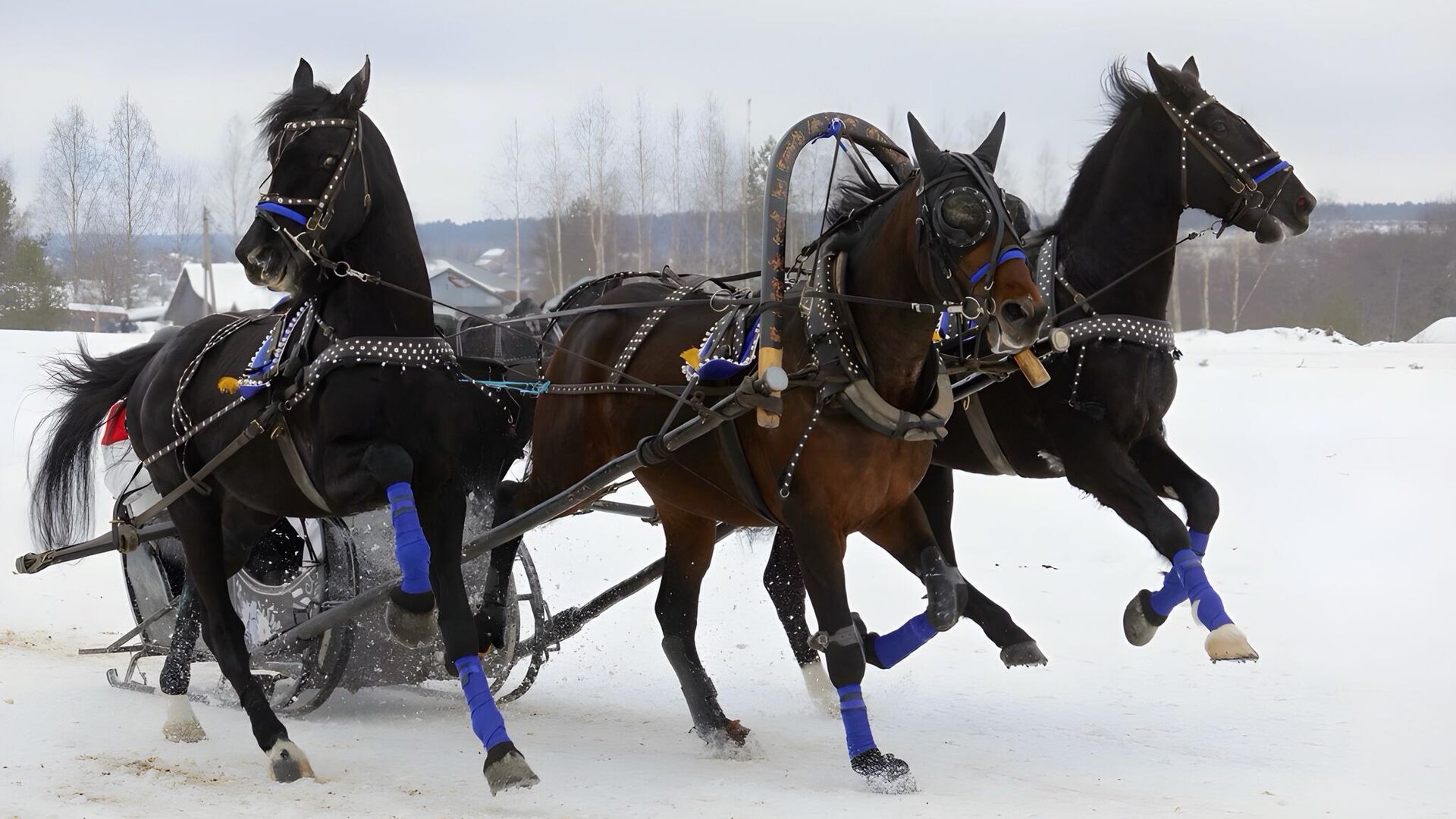
br>
in the village of Erofeyka, Vologda region, as part of a cultural and sports festival, the races of the second stage of the Russian Championship took place. Russian troikas — a sport that has no analogues in the world. About what it is and how the competition went, see the material .
«From ancestors to next generations»
The secret and power of the Russian troika is in the team of horses. About 200 years ago, we combined two styles. In the center they placed a trotting rooter — he, like a car engine, pulls the cart and sets the pace. On his sides he is helped by two harnesses: they are smaller, but faster than the leader, their task is to gallop to accelerate the strong “center”. In such a combination, the crew reaches speeds of up to 50 kilometers per hour, and the horses get tired more slowly and can cover long distances almost without stopping. For this they were highly valued by the royal coachmen, postmen, couriers, and firefighters.
Now, of course, triples are not used for their intended purpose. But this is not just a tourist attraction, but an important symbol of national culture. And a sport. The Society of Carriage Riding Fans holds the Russian Championship.
The village of Erofeyka, 20 kilometers from Vologda, got the second of four stages. The regional government turned it into a large-scale celebration of Russian culture — with mass festivities, songs, culinary records and races.
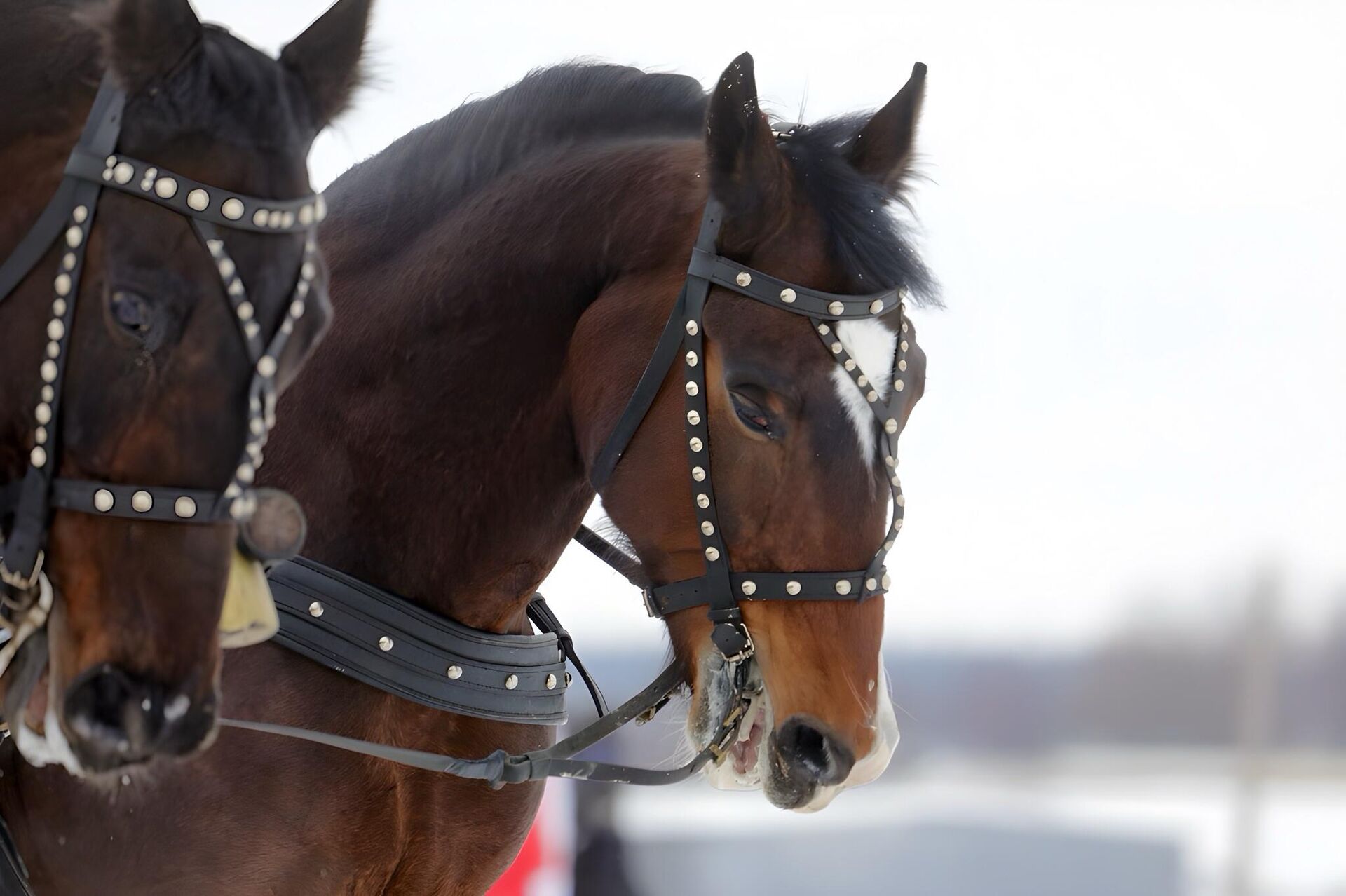
Participants competitions are prepared thoroughly. Everyone’s exits are scheduled down to the minute, and before that, you need to have time to properly clean and outfit the horses. In the stables, where journalists were allowed before the start, there was a seething atmosphere. In some ways, even literally. Feed for horses — a mixture of oats with nutrients — is heated in a special vat so much that it starts to steam.
There are not very many crews — only 12. For objective reasons, more are not yet possible — and this is already an achievement. Everything here is very difficult. Each breed of horse has its own characteristics, and in a speed race a lot depends on which horse is running in your harness.
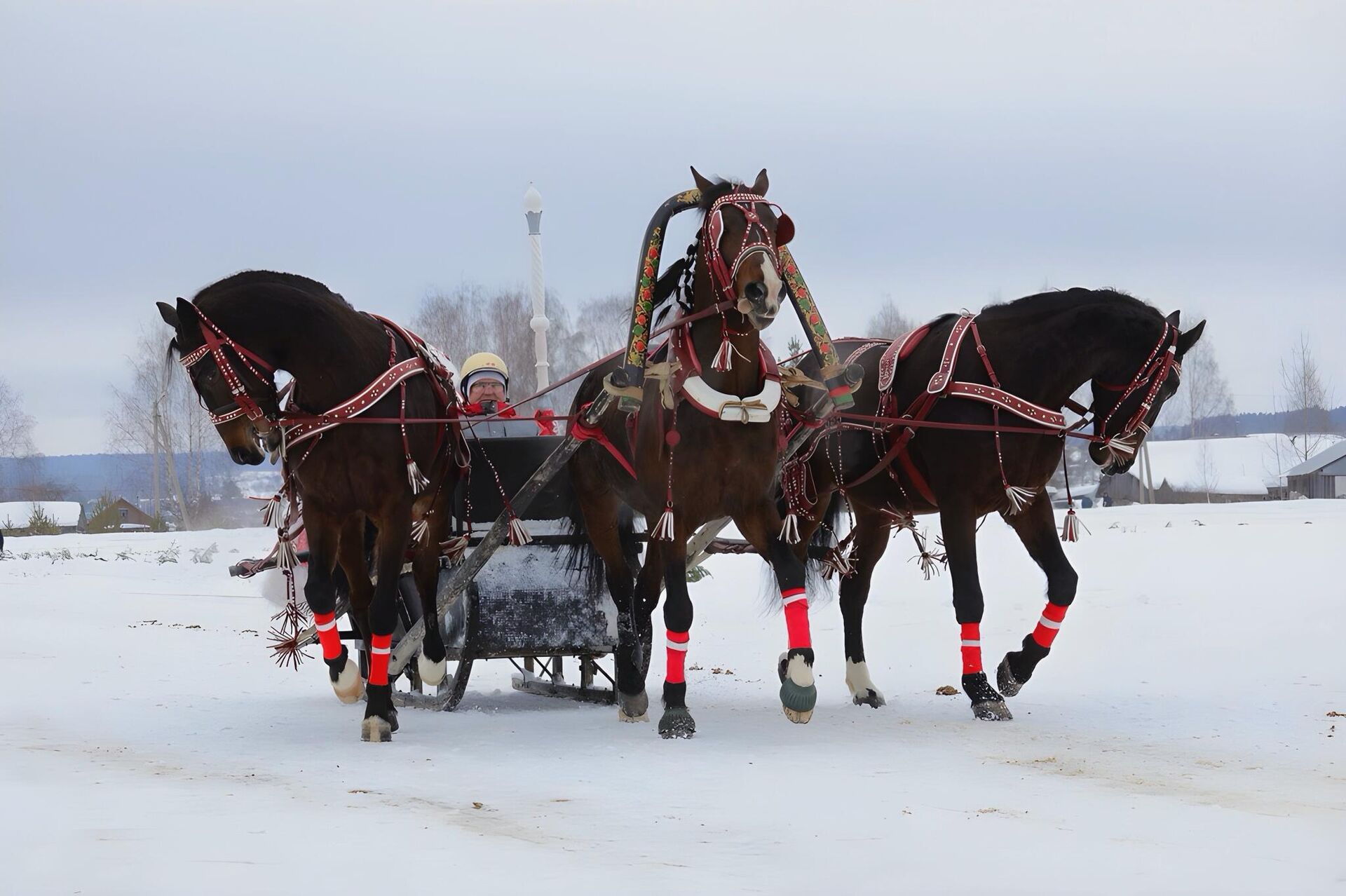
In this way, the Russian Troika is reminiscent of Formula 1. But while many people have learned how to make fast cars, only a few are capable of producing equally fast and strong horses for at least several carriages. In Russia, for example, only a stud farm in Altai can boast of this.
However, this does not bother anyone. «Russian Troika» is, first of all, a holiday and an opportunity to appear to the public. Moreover, the second discipline of biathlon — figure riding — allows you to express yourself to the fullest. Not only speed qualities are important here, but also the skill of the rider and the beautiful presentation of the crew, which is closely monitored by the judging panel. Therefore, such thorough cleaning and equipment of horses is not an eccentricity, but a production necessity.
“We have been here since seven in the morning,” explains Vasily Minchev, rider of the ATK “Bogdarnya” troika from the Vladimir region. “The horses need to be dressed, knead, clean. Now they are ready for any unforeseen circumstances.»

Although speed, of course, is still important. So the quality of the horses, whatever one may say, is in the foreground. The development of Russian troikas would be greatly facilitated by their inclusion in the register of national sports. Without funding at the federal level, competition suffers, and without it it is difficult to count on progress. However, there is a feeling that sooner or later the Russian troikas will be recognized. Otherwise, why do all this at all?
«
“What is the “Russian Troika”? This is Russian strength, prowess, striving forward. This, probably, is the basis of the holiday. If you noticed, here there are mainly families with children. Boys and girls absorb this spirit, and this is the most important thing — so that everything is passed on from ancestors to the next generations,” said Deputy Governor of the Vologda Region Sergei Zhestyannikov.
Russian record and 13 thousand spectators
Children really love Russian troikas. Here a ten-year-old Russian trotter named Lincoln looks around curiously, his “countryman” 14-year-old Ludwig humbly waits in the wings. And a girl runs between them — as they say, below the stirrup. She is being instructed by a more experienced rider.
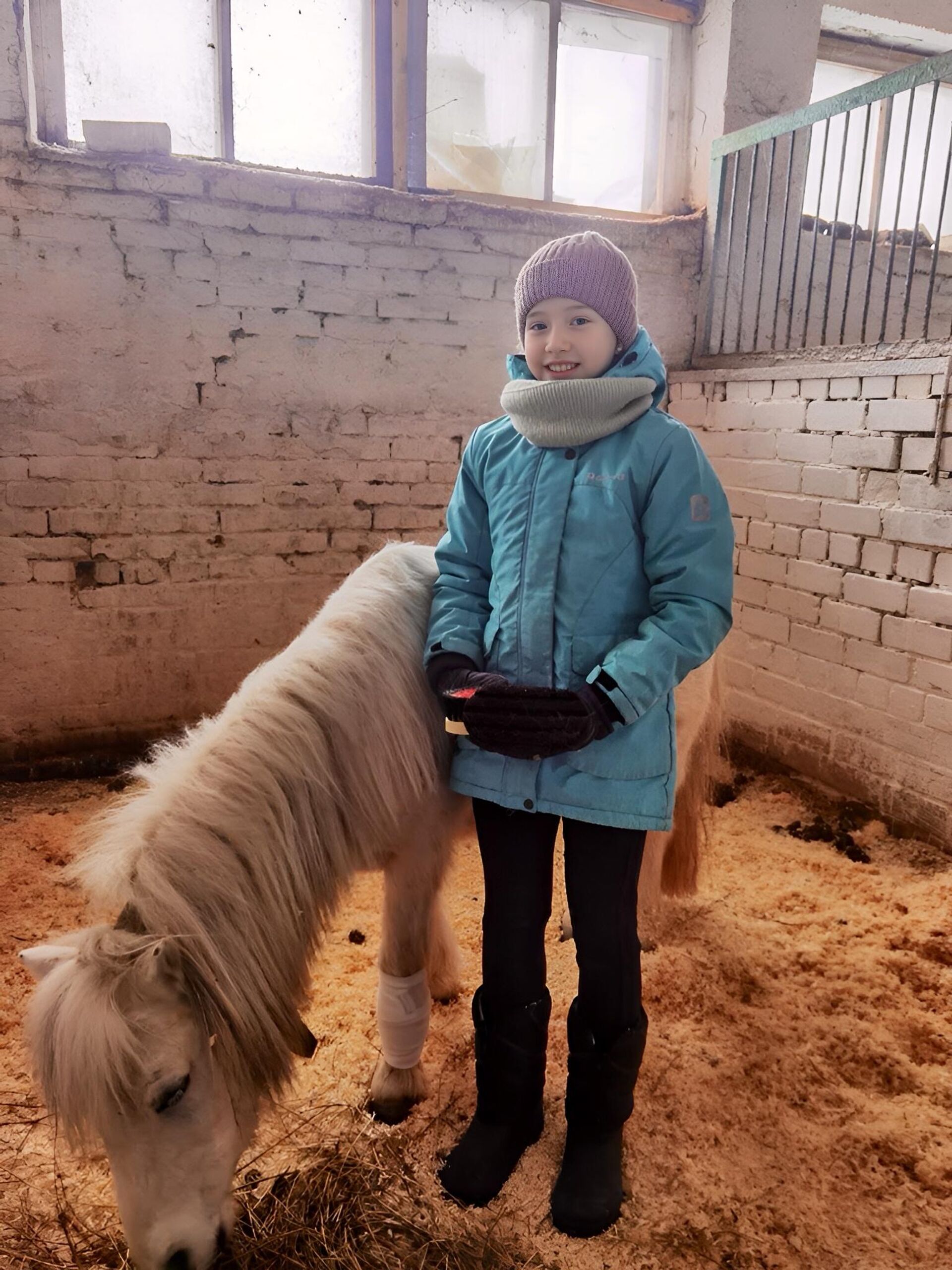
< br>
“
“My name is Varya, 11 years old,” says the young athlete, brushing the mane of her snow-white pony. “This is Lori. Me too today I compete. I have been involved in equestrian sports for six years, I really like it.»
It would be nice if “Russian Troikas” became widespread and took place in the format of large-scale sporting competitions. After all, for enthusiasts like 11-year-old Varya, this is clearly more than just another childhood hobby.
But for now «Troika» is being performed as part of more global festivals. This year the Vologda region gathered as many as 13 thousand spectators in the village of Erofeyka. Guests were provided with national entertainment for every taste, everything was perfectly organized. If you want, try minting coins, make a memorable souvenir with your own hands. Or try yourself in a safe version of historical fencing with foam swords and shields. Maybe take the giant snow fortress by storm? At least just take a walk around a real Russian fair and taste a giant gingerbread.
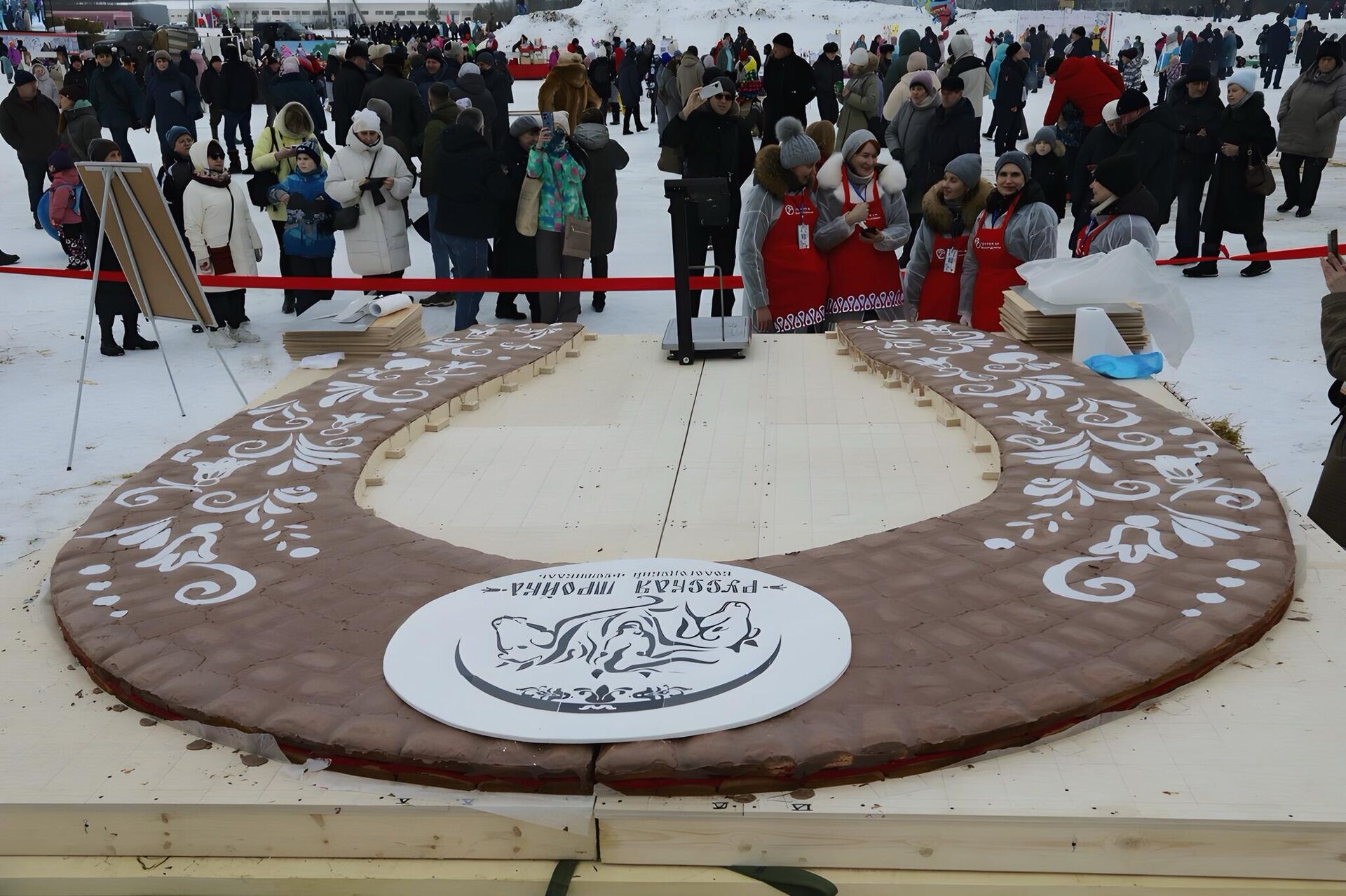 On the opposite edge of the site, near the hippodrome, the competition opened with a ceremonial parade of participants. By the way, the real official Santa Claus arrived from Veliky Ustyug. The original Russian wizard rode in a carriage and then gave a welcoming speech to those gathered.
On the opposite edge of the site, near the hippodrome, the competition opened with a ceremonial parade of participants. By the way, the real official Santa Claus arrived from Veliky Ustyug. The original Russian wizard rode in a carriage and then gave a welcoming speech to those gathered.
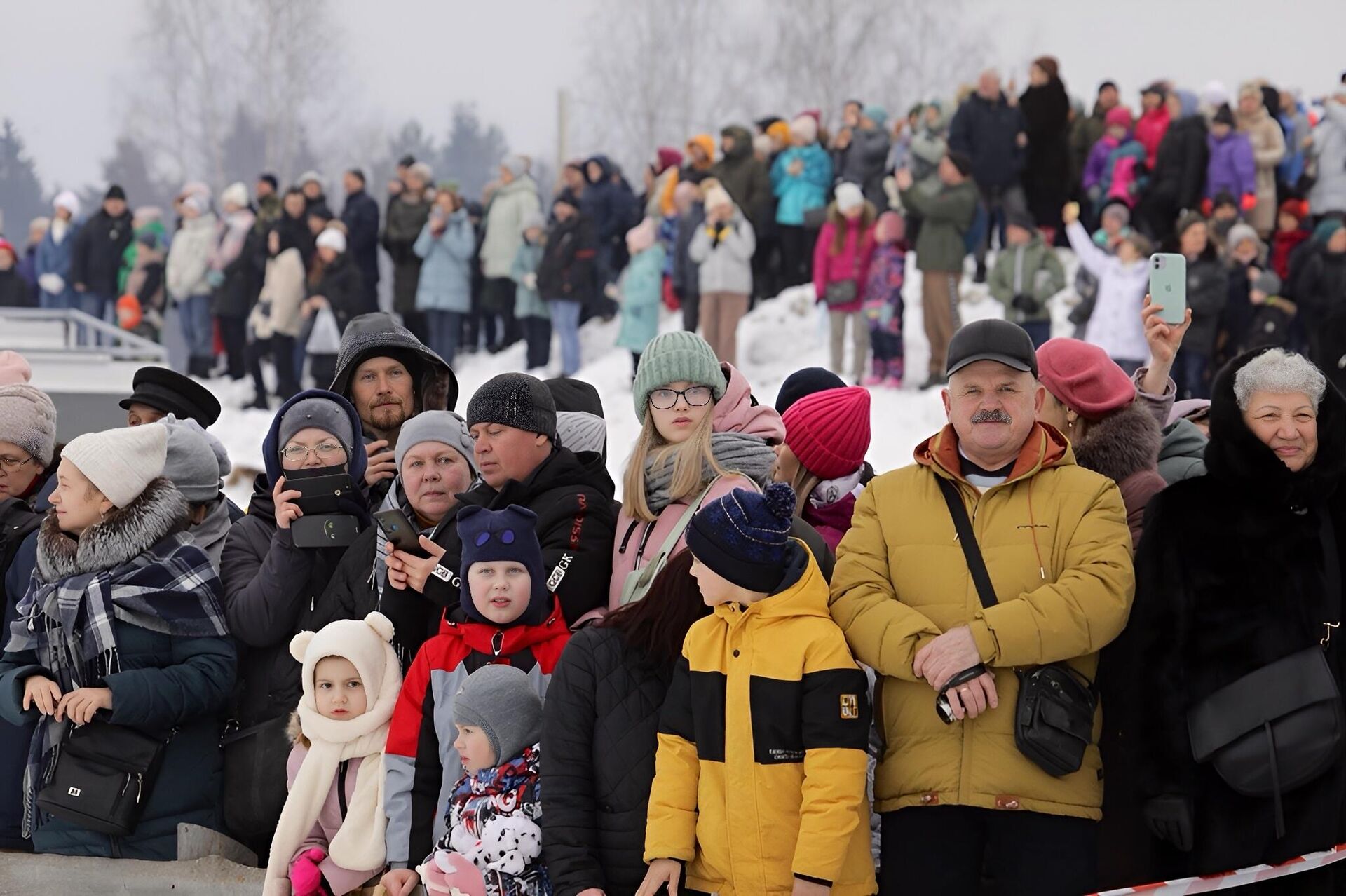
After this, the track was cleared for professional riders. Local athlete Alexey Chistyakov became the absolute champion. The spectators — by that time already well-fed, satisfied, happy — greeted the competition participants with loud applause. And it seems that no one left Erofeyka that day disappointed.
Perhaps this is exactly what a Russian person needs to be happy?



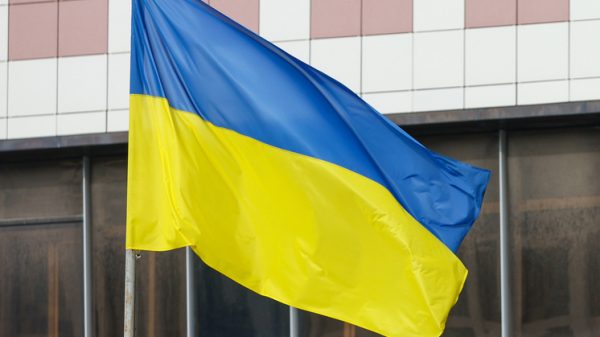
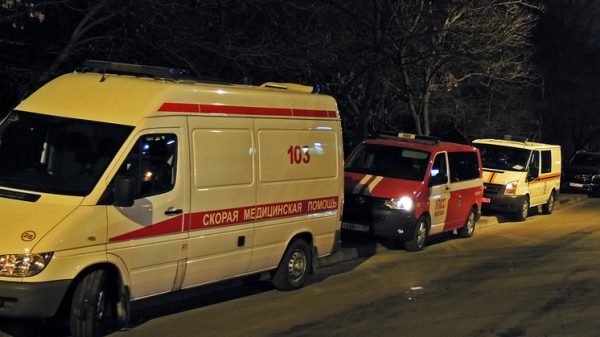
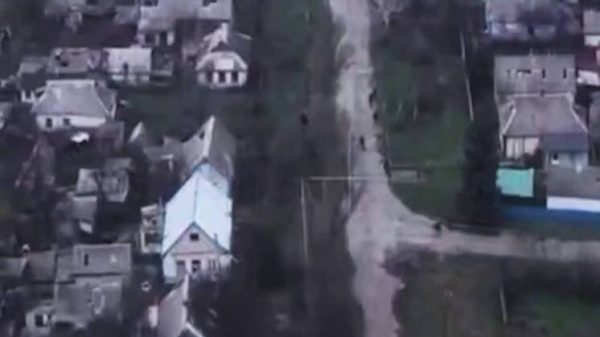

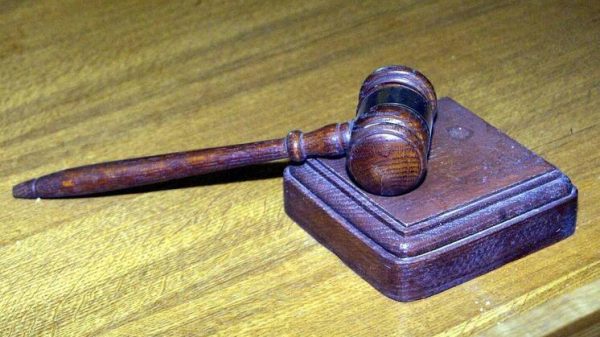
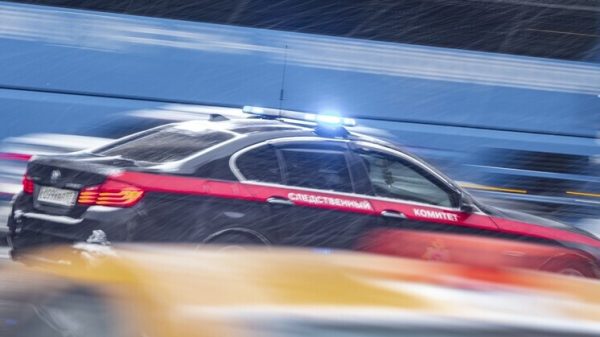
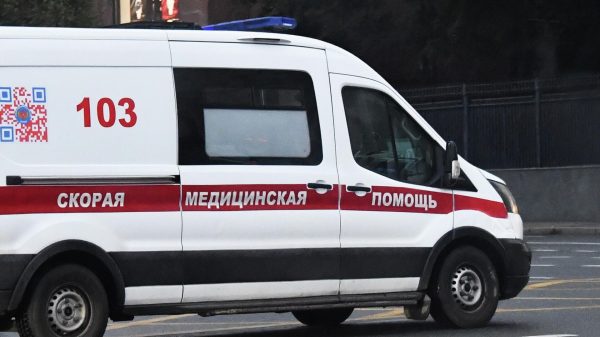
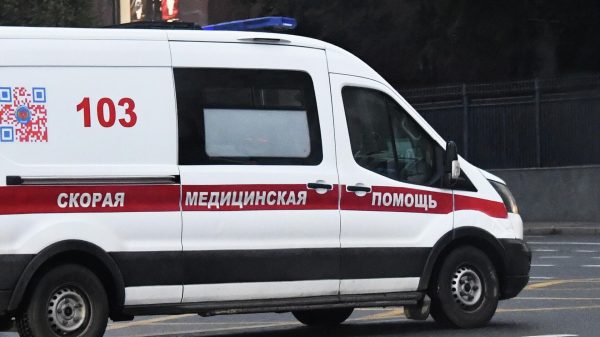

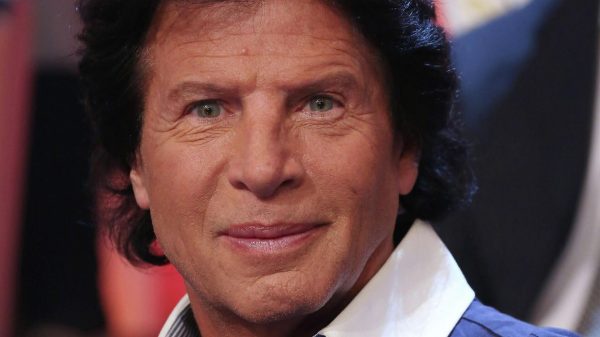
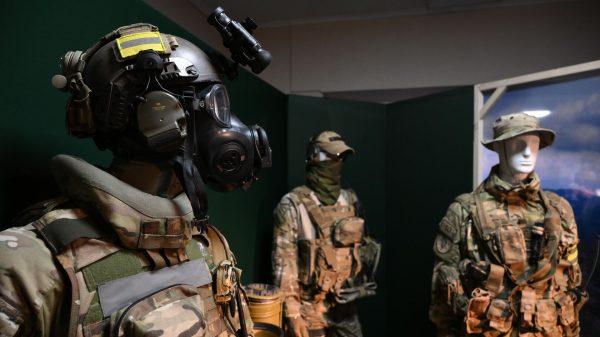
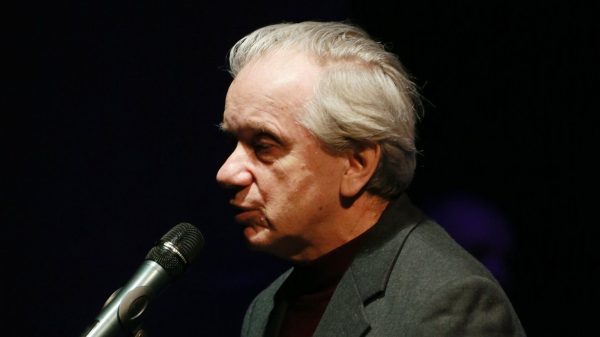
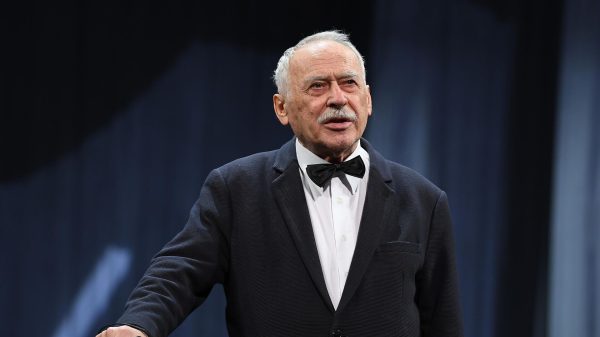
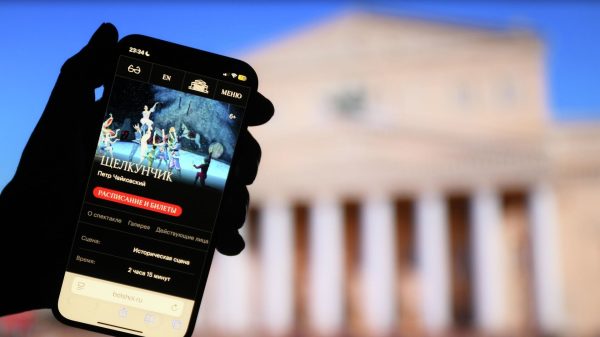


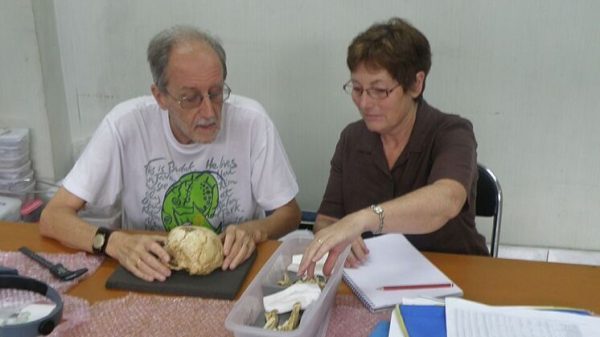
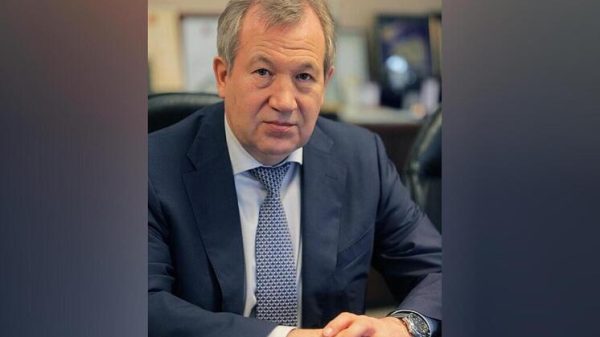
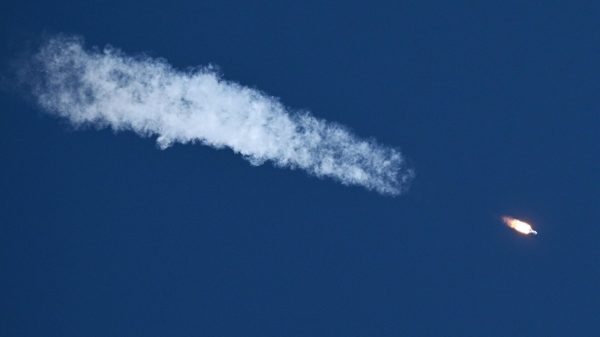







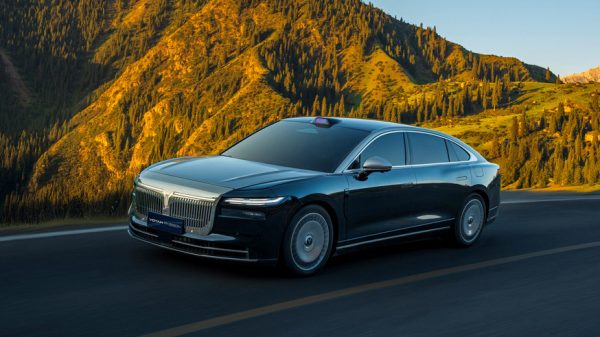



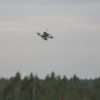















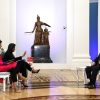
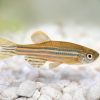


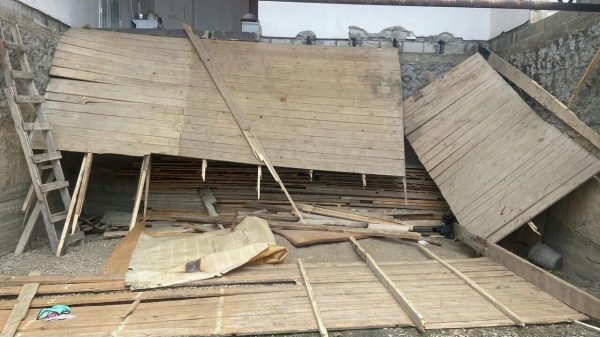
Свежие комментарии